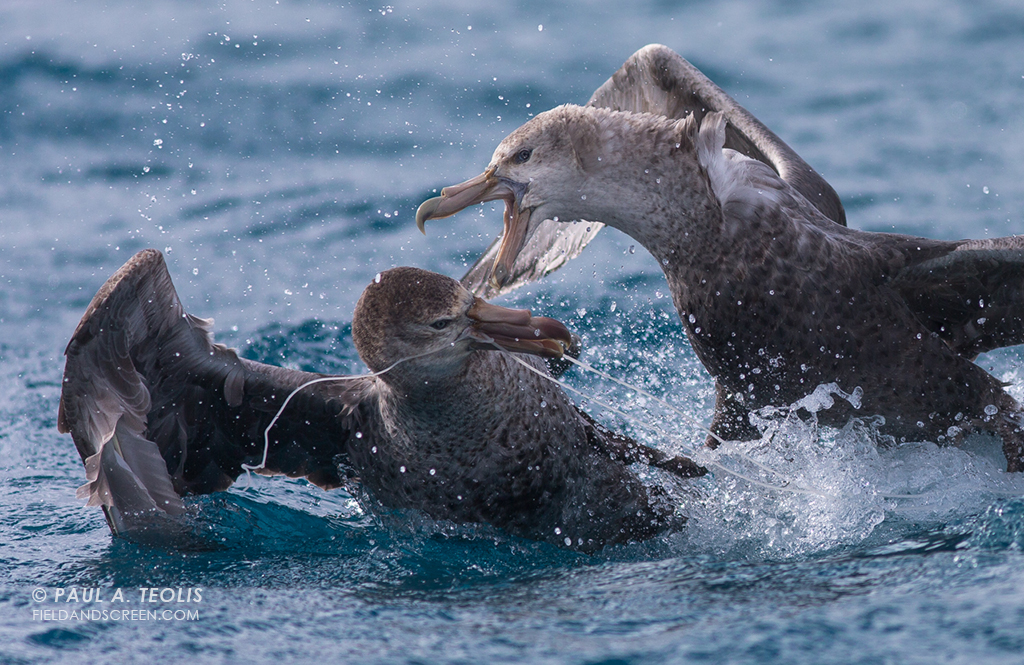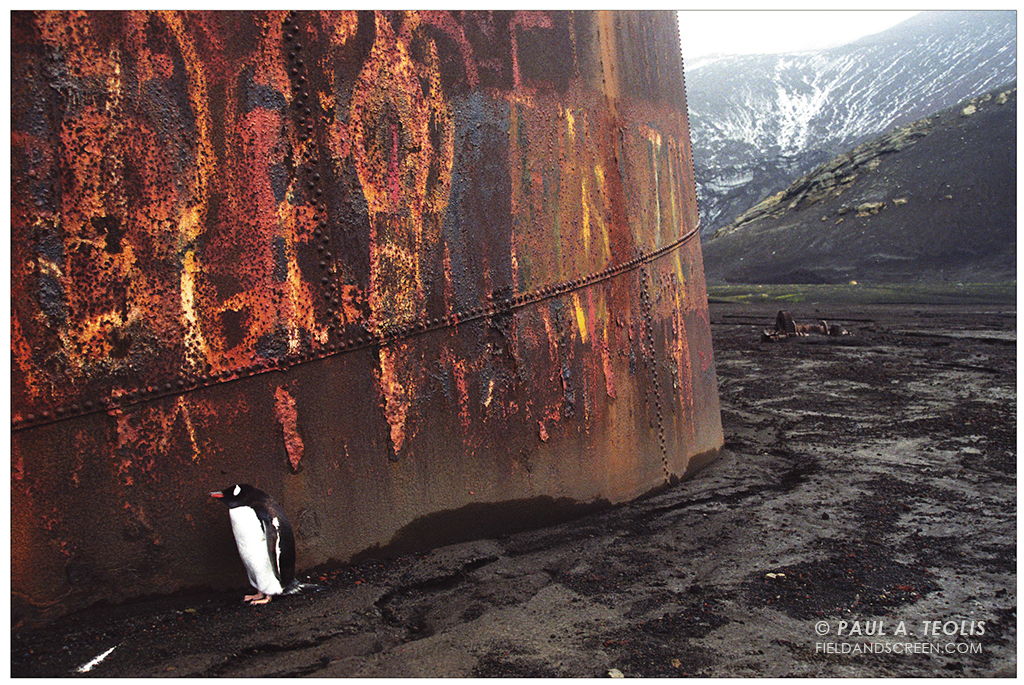Photography Tips & Inspiration from G Adventures Photographer Paul A. Teolis
Cold. Blue. Life.
These are the words that most describe Antarctica to Paul A. Teolis the award winning photographer who joined us at G Adventures Basecamp to share some photography tips from his experiences as photographer in residence on board their ship the M/S Expedition in Antarctica.
What we got was a brief journey into his creative mind, and how he composes his photographs with both skill – and even some lucky breaks!
These are some of the inspirational tips from Paul during his presentation at the Toronto Travel Massive meet up in February. You can also view the video presentation below.
Think of Themes and Understand How Composition will let you Express It
Theme of Life
Nature is in balance. You can sit and just watch life as it happens. Stop take a moment, see what’s happening around you, take the time to discover the routine, the flow of things and that will help you anticipate your shots.
It doesn’t matter what you are shooting your photos with. It could be an iPhone, Point and Shoot or high-end DSLR camera – what matters is how you compose you image.
Composition
A photo’s composition can be informative (a picture of a sign or generic scene) something that gives you a reference point. As bloggers we often take a photo of a street sign, or entrance way, to remind us where the following photos came from. The other form of composition is an artistic picture. These require patience to let that image happen. The artistic composition is the one that provides the “wow” factor. Here are some tips and questions to ask:
-
Where do I want to create my centre of an image?
Avoid placing your subject in the center of the photo. Remembering the rule of thirds when we take our shots and experiment with different ways to take a photo.
-
Lead your subject into the frame.
Create movement by placing your subject at the beginning of the frame – like a boat making it’s way from the left of your image to the right.
-
How do I want to isolate my subject?
Try these tips to highlight your picture’s subject in different ways:
- Frame within a frame – add layers by placing a subject in the middle of a formation of rocks, or surrounded by an object that frames them.
- Fill the Frame – get up close and fill the frame with your subject, creating a soft background. Play with your depth of field.
- Look for Contrasts – Sometimes your subject may appear out of place. For example Paul showed us an image of a Church amongst oil drums. This picture created a theme of spirituality meeting industry.
- Balance items in your image – wait for something to line up in a row, a group of animals or a series of boats. Take the time to wait for the perfect shot.
- Unbalanced images
- Scale
- Movement – get your subject doing something. A group jumping up at the same time. This is particularly great if your subject doesn’t know you are taking the shot.
Narrative
Remember your image can tell the story on it’s own. It is one of the toughest things to do. It doesn’t have to be a technically well-taken photo, but the image tells a story like birds trying to eat a jellyfish in the water. They may be blurred because they are moving around, but the picture tells the story of what they are doing.
Remember your narrative will have a beginning, middle and end. The beginning might be an informative shot showing the entire scene. The middle an action shot showing the subject doing something and the end the subject flying out of the picture.
The most important tips we got that night was, slow down and explore your surroundings. Take the time to let the shot happen.
During our Q&A after Paul’s presentation he had these tips to add:
Photographing in cold weather
- Keep batteries and memory cards warm, biggest challenge is battery drain in cold weather.
- Do not change filters outside.
- Watch for condensation. Use a chamois to absorb any water accumulation.
Best times to visit Antarctica
Depending when you travel to Antarctica you could experience different things at different times of year.
- November/December – Snow and ice, penguin courting, migration, and nest building
- December/January – eggs laying and baby chicks born late december
- February – Mischievous chicks, whales
- February/March – Whale migration, penguins go to sea late March
Missed the event?
Watch Paul’s talk in action: Travel Talks with Paul Teolis from G Adventures on Vimeo.
To get more tips from Paul follow him on Twitter, Facebook, his website or on Travel Massive. You can also connect with G Adventures.
***
👋 This article is archived. Take a look at our new website.




